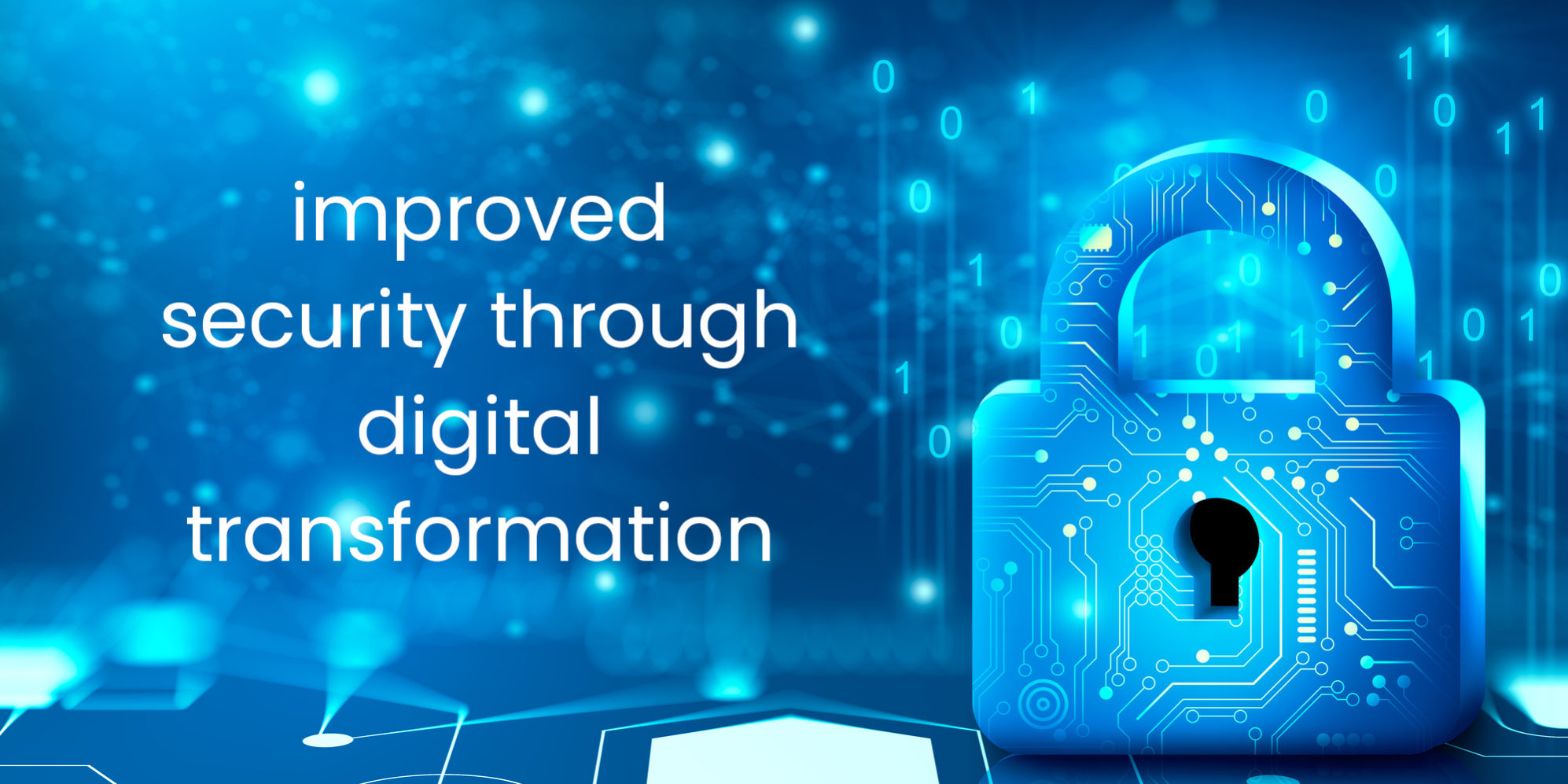The COVID-19 pandemic brought about a significant evolution in the business world’s risk management landscape. Dominant companies across all industries folded after years of stability and success. For those companies that managed to survive, the pandemic revealed a slew of unrealized or under-appreciated vulnerabilities, threats and risks. This left many businesses scrambling to develop new security policies and risk management strategies. But how do you actually implement the changes needed to reduce risk and resolve security threats? Enter: the Digital Transformation project.
Cybersecurity and Digital Transformation Projects
The pandemic profoundly transformed consumer behaviors, along with the dynamics of supply and demand. But beyond this, we saw the criminal element pursuing less legal avenues to turn a profit. The arrival of COVID-19 brought with it a dramatic increase in the number of cybersecurity threats, with cyber attacks, hacking incidents and ransomware becoming downright commonplace.
Fortunately, a Digital Transformation project represents the ideal opportunity to address security concerns and to implement security-related action items that are outlined in a company’s risk management strategy. That’s because a large segment of an organization’s vulnerabilities and risks dwell within the realm of enterprise technology, from data management and data storage platforms, to company networks, cloud platforms, enterprise software systems and mobile apps.
At the outset of a Digital Transformation project, it is prudent to identify all security concerns and risk management issues that could potentially be addressed and mitigated in the course of the development project or other Digital Transformation initiative. Security risks abound, virtually all of a company’s technologies potentially represent areas of significant vulnerability — vulnerabilities that must be considered as part of an organization’s risk management plan and long-term Digital Transformation strategy.
How to Address Security Issues in Digital Transformation Projects
There are very specific measures that must be taken to address cybersecurity challenges in Digital Transformation projects, while simultaneously mitigating risks and reducing overall vulnerability to security threats. Consider the following action items to bolster risk management efforts by addressing security issues in your Digital Transformation project.
Identify Threats and Vulnerabilities That May Be Impacted by the Digital Transformation Project
Take time to carefully evaluate any and all technologies and components of the business IT infrastructure that will be involved in the Digital Transformation project. Seek out security issues and areas of vulnerability that exist within those areas. You will need to involve your IT team, in addition to staff who are actually using these technologies because they will bring important and unique insights to the table. If the organization has an IT crisis response team or similar group, they too should be included in these efforts.
Identify the Nature and Dynamic of the Threats and Vulnerabilities
Once you’ve identified security issues that may be resolved or lessened by the Digital Transformation project, a bit of research is in order to gain a firm understanding of how and why those security problems are arising. The dynamics and workings of these security issues must be fully understood if you are going to engineer a solution as part of a Digital Transformation project. Again, the IT division and individuals who are using the actual technologies in question ought to be involved in this part of the process thanks to their valuable insights.
Evaluate the Severity of the Security Issues
Many Digital Transformation projects have multiple phases, spanning many months and even years. Logically, it makes sense to address the most severe vulnerabilities and risks ahead of those that are deemed less serious. To achieve this, each security issue must be evaluated and ranked. There are many methods that can be used to perform this evaluation, such as examining the potential impact of a worst-case scenario for each security issue and prioritizing that issue relative to all others on that same basis.
Formulate a Plan to Improve Security and Minimize Risks Through Digital Transformation
Once you have identified security issues, formulated a solution and prioritized the issues in terms of severity, you’ll need to modify your Digital Transformation plan and overarching strategy to accommodate. This may translate into reordering a phased series of development projects and modifying plans for a Digital Transformation so the security issue is resolved.
Digital Transformation projects can bring significant benefits to an organization, both financially and operationally. By taking the time to explore security concerns and other risk management issues, you’ll make the most of your efforts while also generating maximum ROI.
Digital Transformation for Improved Security and Maximum ROI
At 7T, we specialize in Digital Transformation, using a collaborative development process that engages the client from start to finish — an approach that’s perfect for clients who are seeking to address security issues as part of their project. Our process and philosophy leads to a maximum ROI and immense client satisfaction. Our many Digital Transformation service offerings include process automation solutions, enterprise software development for ERP and CRM systems (among others), along with SaaS development for web apps and mobile apps, amongst others. We have extensive experience working with cutting-edge technologies and we help our clients to achieve goals such as scaling by delivering exceptional results that are truly transformative for our clients and their companies.
We’re guided by the approach of “Digital Transformation Driven by Business Strategy.” As such, the 7T development team works with company leaders who are seeking to solve problems and drive ROI through Digital Transformation. We then provide collaborative, multi-phased and impactful Digital Transformation solutions.
7T has offices in Dallas, Houston and Austin, but our clientele spans the globe. If you’re ready to learn more about using Digital Transformation to resolve security issues at your organization, contact 7T today.








